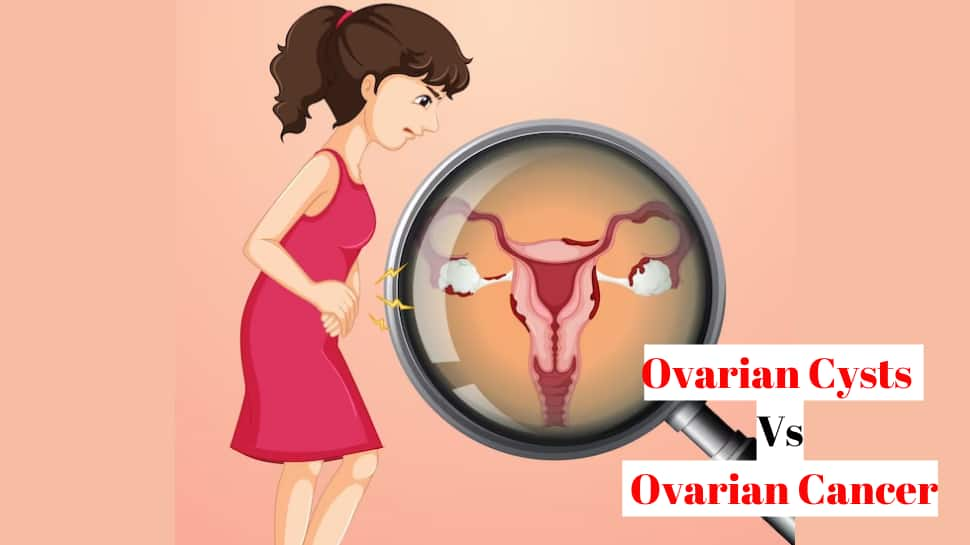Ovarian cysts can be benign (noncancerous) which are often harmless growths that commonly occur in women during their healthy reproductive years. Ovarian cancer is a malignant (cancerous) tumor, which is uncommon and mostly develops in the cells of the ovaries.
While both of these growths develop in the ovaries, there are several key differences between their structures, causes, and treatment options.
Ovarian Cysts vs. Ovarian Cancer
Dr Parinita Kalita, Associate Director, Obstetrics And Gynaecology, at Max Super Speciality Hospital, Patparganj says, “Benign Ovarian cysts and ovarian cancer are both conditions affecting the ovaries, but they differ significantly in nature, prognosis, and treatment. Ovarian cysts are fluid-filled sacs that develop within the ovary. They are quite common and often resolve on their own without causing symptoms. However, they can sometimes grow large or torsion, leading to pain or other complications.”
“On the other hand, ovarian cancer is a malignant tumor that originates in the ovary. It is less common than ovarian cysts but is more serious due to its potential to spread to other parts of the body. Ovarian cancer often presents with vague symptoms such as abdominal bloating, pelvic pain, and changes in bowel habits, making it challenging to diagnose in its early stages,” highlights Dr Parinita.
Ovarian Cysts vs. Ovarian Cancer: Symptoms
Benign Ovarian Cysts are typically benign, meaning they are non-cancerous and do not spread to other tissues. In contrast, ovarian cancer involves abnormal cell growth that can invade surrounding tissues and metastasize to distant organs.
Ovarian Cysts vs. Ovarian Cancer: Diagnosis
Diagnostic methods such as ultrasound, MRI, and blood tests can help differentiate between benign ovarian cysts and ovarian cancer. Additionally, a biopsy may be performed to confirm a cancer diagnosis.
Ovarian Cysts vs. Ovarian Cancer: Treatment
Treatment options for benign ovarian cysts may include watchful waiting, hormonal contraceptives, or surgical removal if they are large or causing symptoms. Ovarian cancer treatment often involves surgery to remove the tumor, followed by chemotherapy or radiation therapy to target any remaining cancer cells.

